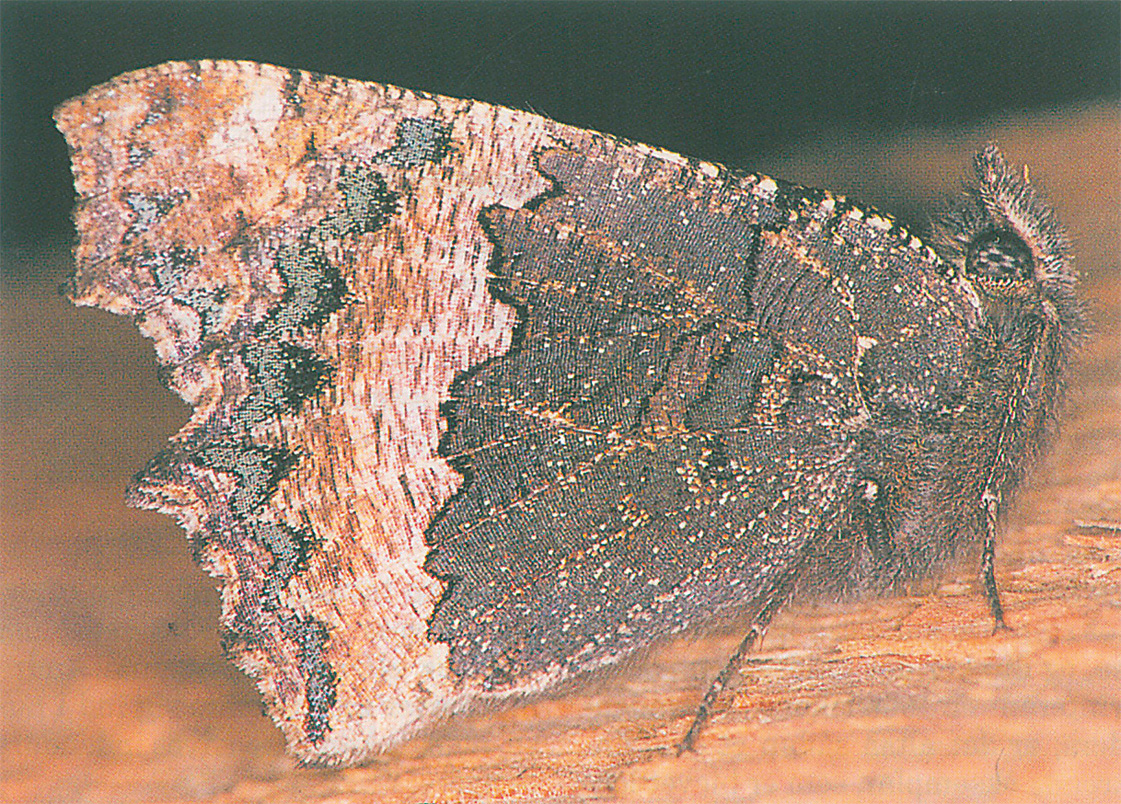(Latin: Lepidoptera)
Butterflies sometimes spend the winter in houses, usually in lofts. The species that commonly do this are the small tortoise- shell (Aglais urticae) and the peacock (Inachis io), which are seen in the typical resting position with the wings folded together over the back. They should not be disturbed, for if they come into the warmth they will soon die. In spring many of the butterflies that have overwintered in the house will die because, being attracted by the light, they fly against the windows until they have used up their last reserves, so it is a good idea to open the windows and let them fly out.

Cabbage white butterflies
Cabbage white butterflies, such as the large white (Pieris brassicae), may overwinter, but in the pupal stage. These butterflies have more than one brood during the summer. The larvae of the last brood leave the plants they have been feeding on when they are ready to pupate. Sometimes roads and paths in the vicinity of a field of cabbages or swedes are alive with cabbage white caterpillars, searching for a sheltered place in which to pupate. They can be seen in their hundreds crawl up tree trunks, wooden fences or the walls of houses. When a suitable place has been found each caterpillar makes a base of fine silken threads, and attaches itself firmly to the substrate with a loop around its body. The larvae then moults again to produce a hard, angular, immobile pupa (Page 24). These pupae can be found in houses and other sheltered places throughout the winter. The adult butterflies emerge from them in the spring and fly out into the open.
Sometimes, instead of pupating in the normal way, a cabbage white caterpillar will stop feeding and a mass of tiny larvae will crawl out of it; sometimes they come out of the butterfly pupa. These larvae will then pupate immediately, each in a tiny yellow cocoon (see photograph p. 193), alongside the now empty caterpillar skin or pupal case. They are parasitic hymenopterans known as braconids and they have developed from eggs laid in the living caterpillar by a female braconid. The larval braconids have simply eaten the whole contents of the caterpillar.




